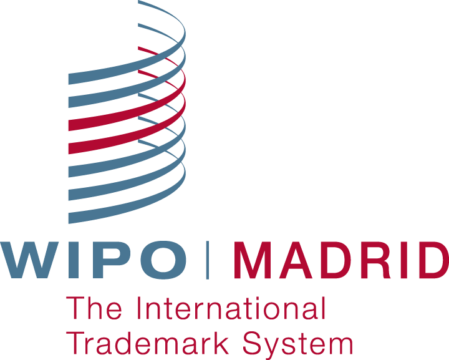
Madrid protocol is a trademark terminology which is as fancier as it can get and is mostly commonly referred to as international trademark registration. Indian companies desirous of protecting their trademarks in other countries tend to increasingly incline toward this application system, without fully understanding the risks and benefits of the system. It is imperative to examine its pros and cons to determine whether it suits your needs before taking this route. In most cases, Madrid system turns to be costlier than the national or direct filing route.

Madrid System
Madrid Protocol is an international treaty that enables an application of a trademark to seek registration in any of the countries that are signatories to the Madrid Protocol using a single application, called an “international application.” This “international system”, which is a misnomer, is administered by The International Bureau (IB) of the World Intellectual Property Organization (WIPO), in Geneva, Switzerland. This term “international application” as stated earlier is a misnomer as prospective trademark owners tend to think that a single application offers protection across all the 97 countries, which is far from reality. This system essentially acts as a “forwarding system” that enables the trademark owner to file the trademark application through his country’s intellectual property office by choosing the number of countries where the trademark owner intends to protect its application. This undisputedly benefits the trademark owner in numerous ways, for example, the IB takes care of the translation and format of the application before it is forwarded to the concerned office as well as enables the payment of official fee through the WIPO website.
Despite several potential advantages Madrid Protocol offers, it may not be the right system for everyone. There are more practical and procedural issues that are well recognized by most trademark practitioners. There are two significant issues involved in the system, firstly, if the base application or application filed in the home country is abandoned or cancelled anytime during the first five years after the registration under Madrid Protocol is granted, subsequently all foreign applications as well as registrations that are based on the Madrid protocol would automatically stand cancelled. The phenomenon is called a central attack. Although these cancelled local marks can be converted to national marks, this procedure entails significant time, efforts and costs, let alone exposing your brand to significant risk. The second major issue is that owner of the Madrid registration cannot transfer ownership of any dependent marks to a third party that is not resident in a member country, meaning that marks obtained under the Madrid Protocol cannot be transferred to a person in a country not subscribed to Madrid Protocol without first withdrawing the marks from the International Bureau, which again involves significant costs, risks and efforts.
International Bureau although scrutinizes the applications filed through it for formality issues, substantive examination is done by respective trademark offices in designated member countries as per their national trademark laws and procedures. In case of any provisional or substantive refusal, one has to deal with the concerned office directly. This in reality defeats the purpose of Madrid protocol being a single-channel filing system and an alternative to national filing. At that point when the application is refused, the trademark owner has to engage a local attorney to deal with the substantive refusal.
Illustration of Costs to file trademark in United States – Madrid Vs. Direct
Madrid National Route
Basic Fee 903 CHF $275
Individual fee 301 CHF Attorney Fee* $250
Total 1204 CHF = $1234 $525
While Madrid may be fruitful for trademark owners who seek registrations in non-English speaking countries, the Madrid protocol may not be all that beneficial for jurisdictions that employ no-nonsense, sophisticated and efficient trademark system, such as United States, United Kingdom, European Union, Australia, Canada, New Zealand, Singapore, etc. Madrid protocol can help you save significant costs and paperwork when you deal with jurisdictions such as China, Japan, or any other country where the application is not accepted in English.
In summary, the Madrid Protocol is a powerful tool for lowering costs and managing the maintenance of international trademark portfolios. When such portfolios include the aforementioned jurisdictions, the above factors should be taken into consideration to decide whether the Madrid Protocol or direct filing in these countries will better serve the client’s needs.
